In the ever-evolving world of transport logistics, businesses continually seek ways to optimize their operations for efficiency, cost-effectiveness, and reliability. Two primary methods for achieving these goals are manual reviews and automated tools. Each approach has its benefits and limitations, and finding the right balance between them is crucial for successful transport optimization.
Manual Reviews in Transport Logistics
Manual reviews involve human analysis and decision-making based on experience, expertise, and qualitative judgment. This traditional approach has been the backbone of logistics management for decades.
Benefits of Manual Reviews:
- Human Expertise and Insight:
- Experienced professionals can provide valuable insights based on years of knowledge and industry experience.
- Adaptability and Flexibility:
- Manual reviews allow for flexible decision-making, adapting to unique and unforeseen circumstances that automated tools might not handle well.
- Contextual Understanding:
- Human reviewers can consider context and nuances that automated systems might overlook, such as customer-specific requirements and local regulations.
Limitations of Manual Reviews:
- Time-Consuming:
- Manual processes can be slow, leading to delays in decision-making and implementation.
- Subjectivity and Inconsistency:
- Human judgment can be subjective, leading to inconsistencies and potential errors in logistics planning and execution.
- Scalability Issues:
- As businesses grow, relying solely on manual reviews becomes impractical due to the increased volume of data and complexity.

Automated Tools in Transport Logistics
Automated tools leverage advanced technologies like artificial intelligence (AI), machine learning (ML), and big data analytics to streamline logistics processes. These tools offer speed, accuracy, and scalability that manual reviews alone cannot match.
Benefits of Automated Tools:
- Efficiency and Speed:
- Automated tools can process large volumes of data quickly, providing real-time insights and speeding up decision-making.
- Accuracy and Consistency:
- Automation reduces human error and ensures consistent application of rules and processes.
- Scalability:
- Automated systems can easily scale to handle increasing data and operational complexity as businesses grow.
Limitations of Automated Tools:
- Initial Investment and Implementation:
- Implementing automated tools requires significant upfront investment in technology and training.
- Lack of Contextual Sensitivity:
- Automated systems might lack the contextual understanding needed to handle unique situations and nuanced decision-making.
- Dependency on Data Quality:
- The effectiveness of automated tools depends on the quality and accuracy of the input data.
Finding the Right Balance
To achieve optimal transport optimization, businesses should strive to find a balance between manual reviews and automated tools. Here’s how:
- Hybrid Approach:
- Combine the strengths of both approaches by using automated tools for data processing and routine tasks, while leveraging human expertise for complex and context-sensitive decisions.
- Continuous Improvement:
- Regularly review and update both manual and automated processes to ensure they remain effective and aligned with business goals.
- Invest in Training:
- Provide ongoing training for staff to effectively use automated tools and integrate them with manual review processes.







